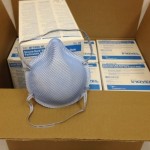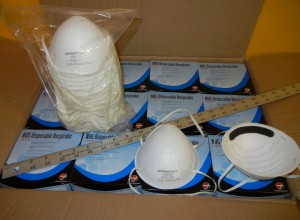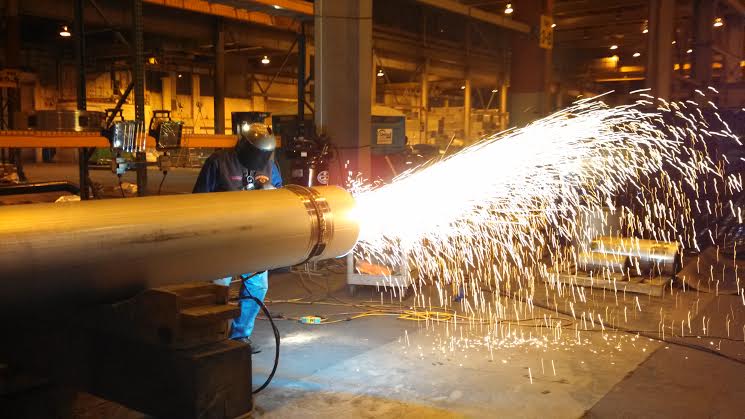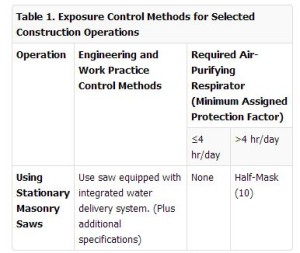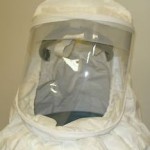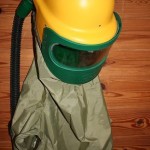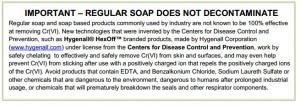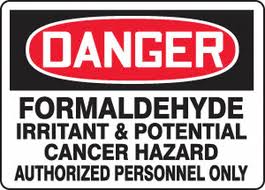Wed 3 Sep 2014
N95 Respirators. A stupid idea.
Posted by admin under Air Monitoring, Engineering Controls, Exposure, Federal OSHA, fit testing, HEPA, N95, NIOSH, Paper Dust Masks, PEL (Perm Exp Limit), Personal Protective Equip (PPE), Respirators
Comments Off on N95 Respirators. A stupid idea.
The latest push from NIOSH is ridiculous, in a bad way. It’s titled, “Recognizing N95 Day” on September 5. I’ve written about these types of respirators before.
- NIOSH estimates 20 million workers exposed to airborne health risks
- N95 (s) are the most commonly used respirator
- NIOSH certifies all respirators. And, OSHA requires all respirators to be certified by NIOSH
- All certified respirators must have an “assigned protection factor”, which is a level of protection they are able to achieve
- N95 respirators are certified to provide a protection factor of “up to” 5 times the exposure limit
For the record, I am not disputing how NIOSH certifies respirators, or if these respirators can achieve a protection factor of 5 (5x the exposure limit). I will also add that in the healthcare setting (hospitals) these might have a useful role.
Here’s the problem:
- If you need a respirator, you would NOTÂ choose a N95. They are terrible fitting.
- To put it another way: if you had to work in an environment which had a dangerous airborne hazard, would you CHOOSE this respirator?
- Or another way: “There is a chance this N95 respirator might protect you, wear this just in case”. (?)
- If you have fit tested these types, you know they are hard to fit, and at best, mediocre in their protection. At times it is hard to fit test a tight fitting 1/2 face respirator on someone who is clean shaven.
- N95 respirators are handed out (like candy) at construction sites for any task which “may be hazardous”.
- Let’s be honest:
- these are “comfort” masks. AKA: Â peace of mind, not for protection.
- these are cheap. That is why most employers buy them.
- And, let’s mention:
- exposure levels can vary (have you measured the worst case scenario?)
- change out schedule? Do your workers wear the same respirators every day? Do they change them when they start getting hard to breathe?
- facial hair (no one who is on a jobsite has this, right?)
- there are knock-off N95 respirators which actually aren’t certified (they’re fake)
In this instance I wish NIOSH would spend money on training people to use the correct type of respirator. Or, how to adequately measure the hazards found at various sites.
As a quick review. If you need to wear a respirator, here are the proper steps.
